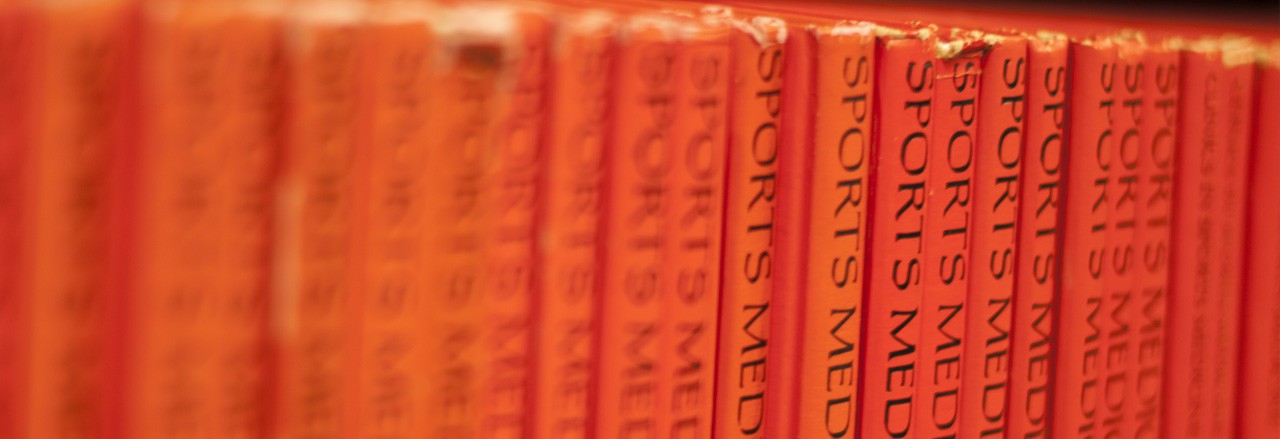The rotator cuff is a group of four muscles with tendons that drape over and attach to the humeral head. They contribute to the stability of the shoulder and play a large role in raising the arm. The cuff muscles or tendons may be torn or bruised by a traumatic event, such as a fall on an outstretched hand. However, many rotator cuff injuries are of the overuse type. Many repetitive activities, especially overhead, such as throwing, tennis or swimming, put a great deal of stress on the rotator cuff. Eventually, the tissues can breakdown and tear. This can result in pain, loss of strength, loss of range of motion, and even instability, all of which can result in loss of function.
General Information
- Rotator cuff injury is a common cause of pain and disability, but less than 5% of patients will actually need surgery.
- An exercise program can be effective for 85% of patients with atraumatic rotator cuff tears.
- In the United States, more than 2 million people each year will see a doctor because of rotator cuff problems.
Anatomy and Function
- The shoulder consists of a large ball (head of the humerus) and a shallow socket (glenoid) and is the most mobile joint in the human body.
- The rotator cuff is a series of four tendons attach muscle to bone at the top of the arm bone (humerus)
- Connect the top of the arm bone (humerus) connecting it to the shoulder blade (scapula)
- The four rotator cuff tendons work together to help stabilize the shoulder joint and hold the ball of the arm bone (head of the humerus) to the socket (glenoid) of the shoulder blade.
- There is normally a lubricating bura sac above the rotator cuff and below the top bone in the shoulder (acromion) that helps the rotator cuff glide freely.
- The acromion is the bone on the top of your shoulder. In some patients a bone spur develops that can irritate and damage the rotator cuff below.
- The long head of the biceps tendon is a nearby structure that attaches deep within your shoulder and runs down the front of the shoulder. Injury to this tendon commonly occurs when the rotator cuff is torn.
Injury
- Rotator cuff injuries are very common and can result from a specific injury or over longer periods of time because of chronic irritation.
- When the rotator cuff is injured, it is usually the tendons that are injured.
- Injury can range from mild strain and irritation to a large tear.
- Typically the severity the injury dictates the level of pain and dysfunction.
- Some patients, however, can have relatively large tears without much pain or functional limitation.
- Three types of rotator cuff conditions:
- Tendinitis happens when the rotator cuff tendons become inflamed as a result of overuse or overload. This commonly results from repetitive overhead activities that occur during sports and/or activities of daily living.
- Bursitis is an inflammation of the fluid-filled sac (bursa) between the rotator cuff and the bone above it (acromion) that happens when it becomes irritated. This can also result from overhead activity or overuse of the shoulder.
- Tear of the rotator cuff can occur from an acute injury or over time if tendinitis and bursitis are not treated. Acute tears are due to a specific injury like falling down onto an outstretched arm or lifting an object that was too heavy. Degenerative tears happen over time because the tendon has been slowly worn down and is more common as we get older. Tears of the rotator cuff may require more invasive treatments such as surgery. Rotator cuff tears can be partial in that only part of the tendon is injured, but not completely severed. They can also be complete or “full-thickness” meaning that its entire connection to bone has been disrupted leaving a hole.
Risk Factors
- Age – as we get older the normal blood supply to the rotator cuff tendon and the overall quality of the tendon tissue decreases making it more vulnerable to injury.
- Repetitive lifting and overhead movements such as throwing, weight training, daily chores, and manual labor can produce overuse injury.
- Bone spurs on the underside of the acromion bone can cause abnormal rubbing, in a condition called impingement, when you lift your arm and lead to rotator cuff injury.
Symptoms
- Most common symptom is pain
- Sharp shoulder pain, particularly with overhead activities
- Pain at night can be quite intense and wake you from sleep
- Pain is not the same for everyone. Sometimes it is felt deep within the shoulder, other times people feel pain over the outside of the shoulder, or even extending down the biceps muscle to the elbow.
- Pain with every day activities like scratching your head, putting on a shirt, laying down on the affected side, and carrying a moderately light object
- An overall sense of weakness and pain that causes you to keep your shoulder inactive
- Crepitus or crackling sensation when you move your shoulder in certain positions.
Diagnosis
- Physical examination
- Areas that reproduce pain
- Range of motion
- Positions and movements that reproduce pain
- Weakness, especially with the arm in certain positions
- X-rays help determine if you have any arthritis in the shoulder and if there are any bone spurs that may be causing injury to your rotator cuff. X-rays allow the doctor to evaluate bones, but are not extremely helpful for soft tissue.
- MRI (magnetic resonance imaging) is a very useful tool that lets Dr. Taylor look at the soft tissue anatomy, such as the rotator cuff, of your shoulder and determine the extent of your injury.
Treatment
- The goal of treatment is to reduce pain and regain function.
- Non-Surgical – Most patients with mild to moderate injury improve with non-surgical treatments like those listed below. These therapies are aimed at reducing the painful inflammation associated with the injury. Many time, controlling the inflammation allows you to strengthen the rotator cuff and make it function again normally.
- Rest – If you have a mild injury to the rotator cuff, simply resting it may improve your symptoms
- Activity Modification, or change your activities to avoid those things that cause irritation.
- Non-steroidal anti-inflammatory (NSAID) medication by mouth can improve the inflammation around the rotator cuff
- Injection of Steroid medication into the bursa sac above the rotator cuff to help reduce the inflammation
- Physical Therapy is an important tool to help you strengthen and retrain the muscles of the rotator cuff to work better together.
- Surgical – Moderate injuries that do not improve with conservative care and severe injuries to the rotator cuff may need surgery to return you to the activities you love.
- Arthroscopic Rotator Cuff Repair is the most commonly performed surgery to sew a torn rotator cuff back to bone. This is the most minimally invasive technique available. Dr. Taylor uses a specialized camera and set of small instruments through a series of small poke-holes in the skin around your shoulder to repair the torn tendons back to he arm bone (humerus) where they normally insert. Using arthroscopic techniques minimizes the surgery time, blood loss, and postoperative pain. Recovery time is typically 4 months, but depends on many factors such as tear size, the quality of the tissues, and level of activity.
- Open Rotator Cuff Repair is sometimes undertaken for very large tears of the rotator cuff that cannot adequately be treated by arthroscopic means. Before the advent of arthroscopic techniques, all rotator cuff tears were repaired in this fashion. An incision is made in the skin and the large muscle on the outside of the shoulder (deltoid) is split to allow the surgeon to see and repair the rotator cuff. Today, open repairs of the rotator cuff are very uncommon and reserved for very difficult tears. It is unlikely that Dr. Taylor to need to perform this procedure.
- Tendon Transfer may be used in rare cases for patients with massive rotator cuff tears that are not repairable. In this procedure, we move a tendon from one location to another location to help regain some of the function lost by the rotator cuff. This is often a last step or a salvage type of surgery.
- Reverse Total Shoulder Replacement is another type of salvage surgery that is most commonly performed in patients with both rotator cuff tear and severe arthritis of the shoulder. The procedure is designed to replace the arthritic shoulder and allow another large muscle in your shoulder, the deltoid, to move the shoulder joint.


